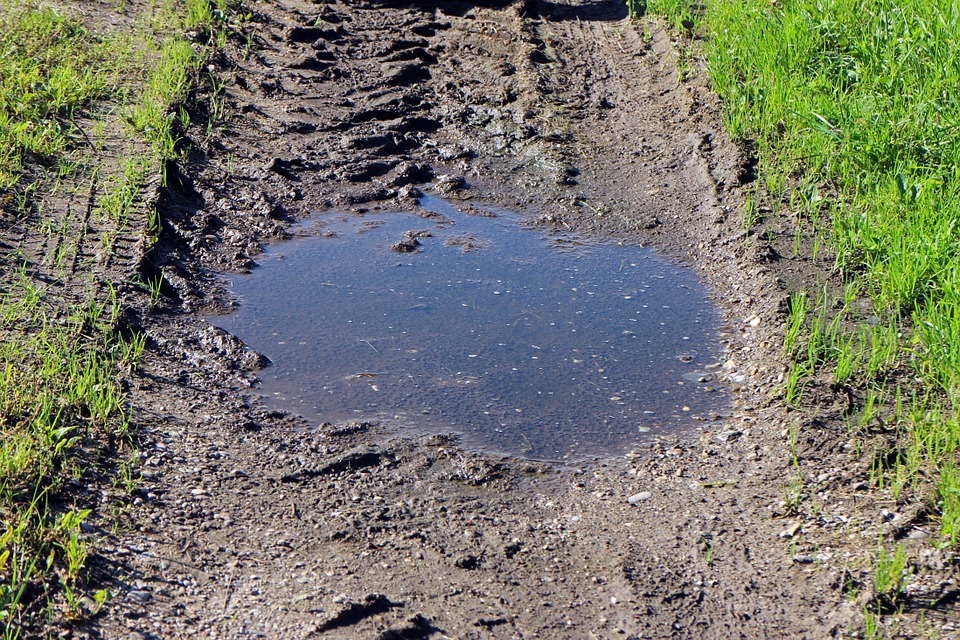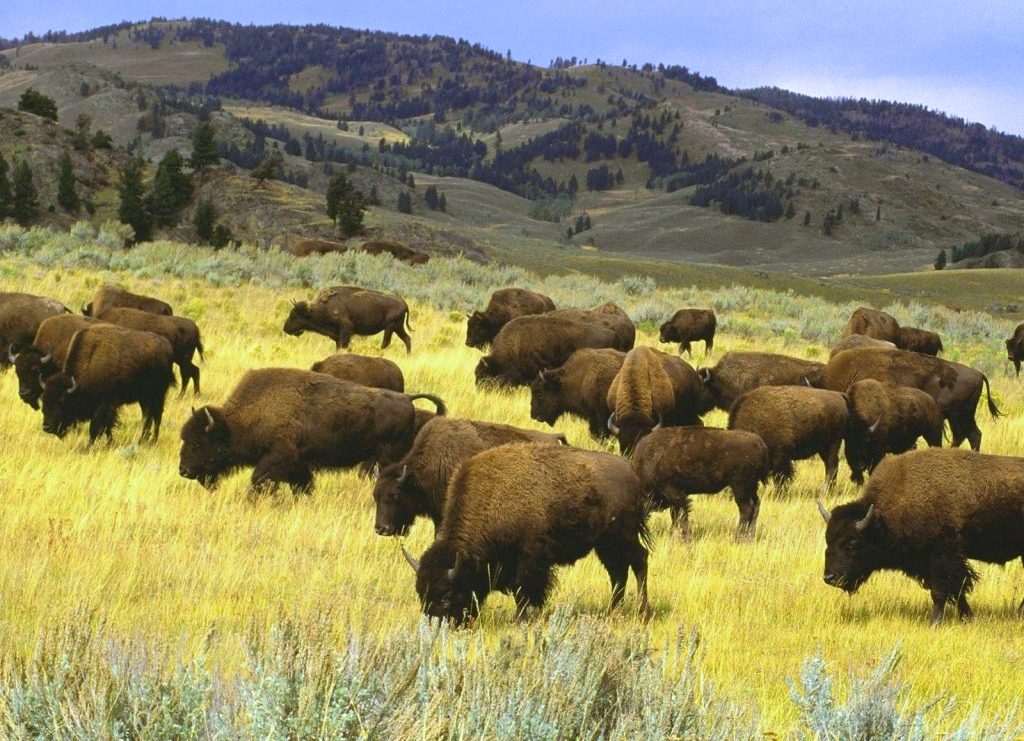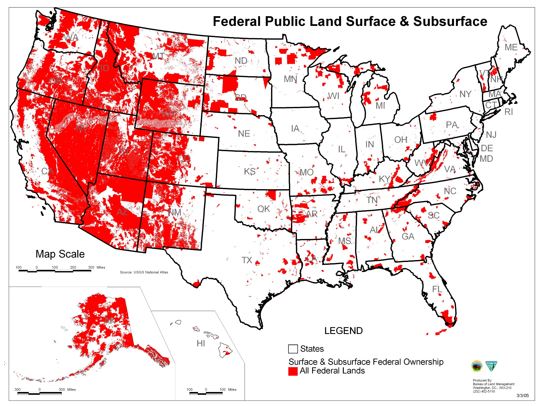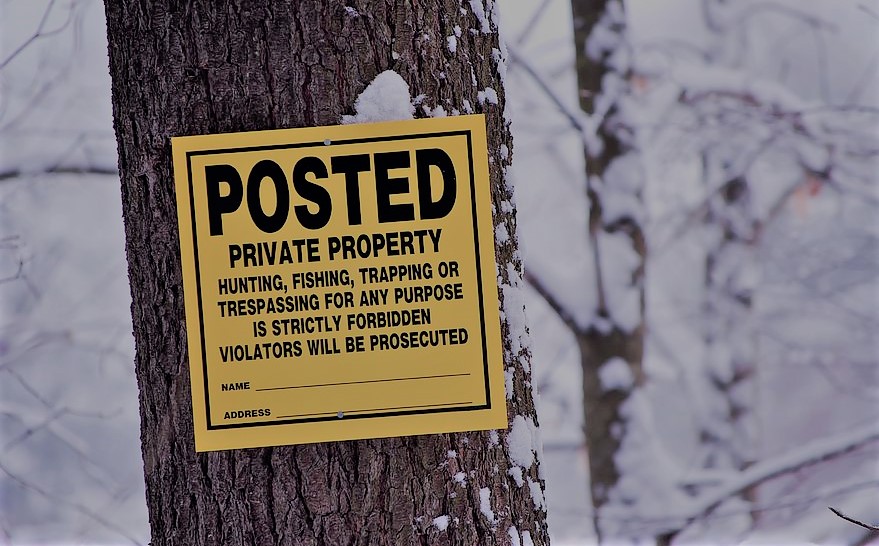That battle landed in numerous courts in 2015 when the Obama Administration issued a new interpretation of WOTUS. They said the new rule gave EPA and the Army Corps of Engineers “broader authority over the nation’s waterways.” But it wasn’t just the nation’s waterways – it was virtually all water.
It Means What it Says
Leaders are often advised to be straightforward. “Say what you mean, and mean what you say.” The quote is often attributed to General George Patton, or sometimes to President Harry Truman. There is no evidence either of them ever said it, but they both certainly believed it. And both would be appalled when Congress passes legislation so vague that agencies can interpret the law however they choose.
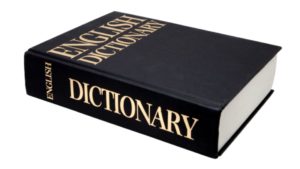 Ironically, this saga is about a law that was not vague at all. Yet despite plain language in the law, agencies unilaterally expanded their own authority, to the point of absurdity.
Ironically, this saga is about a law that was not vague at all. Yet despite plain language in the law, agencies unilaterally expanded their own authority, to the point of absurdity.
This week the Administration officially repealed one of the most onerous, unpopular, over-reaching, and blatantly illegal regulations adopted during the Obama era – Waters of the United States (WOTUS). Environmental Protection Agency (EPA) Administrator Andrew Wheeler and Assistant Secretary of the Army R.D. James, who oversees the Corps of Engineers, announced that the agencies are finally repealing the regulation, which radically expanded the definition of “waters of the U.S.” under the Clean Water Act.
This is a vital development for the West, where water is not only the lifeblood of everything, but also so scarce that federal control is a threat to the economy, culture, and way of life. The battle has raged for decades over how much authority the federal government should have to regulate rivers, streams, creeks, wetlands, ponds, and ditches.
That battle landed in numerous courts in 2015 when the Obama Administration issued a new interpretation of WOTUS. They said the new rule gave EPA and the Army Corps of Engineers “broader authority over the nation’s waterways.” But it wasn’t just the nation’s waterways – it was virtually all water. EPA said it would prevent the wanton destruction of wetlands by developers and farmers. They claimed Americans had already drained half of the 220 million acres of wetlands that once existed, mostly to increase farmland. In other words, all those levees and dikes that permit agriculture throughout much of the Mississippi and Missouri basins (i.e. the Great Plains) were a mistake. Never mind that most of the draining was done by the U.S. government, or that the region is now the breadbasket of the world. EPA proposed to stop such activity, by asserting its authority over every stock watering pond, ditch, puddle, and parking lot drain in the U.S. That was a vast expansion, considering the law specifically applies to America’s major rivers, bays, and oceans. Inland waters belong to the states.
More than half of the states sued, challenging the overreaching regulation, and several judges agreed, blocking implementation of the sweeping WOTUS rule. One judge disagreed, though, so the rule went back into effect in 22 states, while it remained blocked in 26 others. What a mess.
President Trump ordered the rule repealed shortly after taking office, and this is how long that process took. There will now be another round of lawsuits, but in the meantime, the Obama WOTUS rule is a historical footnote, as it ought to be.
The legal uncertainty stems from a 2006 Supreme Court case, in which Justice Anthony Kennedy wrote that the EPA could claim authority wherever there was a “significant nexus” between navigable waterways and smaller bodies of water. Obama’s EPA ignored the word “significant” and merely claimed all water is eventually tributary to some river. The Trump executive order said EPA should rely instead on the dissenting opinion of Justice Antonin Scalia, who argued that the law specifically applies only to “navigable waters.” Critics hooted at that interpretation, but sorry – the law says what it says.
The Clean Water Act of 1972, from which the EPA gets this authority, contains the phrase “waters of the U.S.” in twelve places. Of those, nine use the phrase “navigable waters of the U.S.,” and the other three refer specifically to barges and the Gulf Inter-coastal Waterway. In the definitions section of the law, “navigable waters” is defined as “waters of the U.S.,” meaning the terms are synonymous. There are no waters of the U.S. that are not navigable. Not in the law.
No wonder Obama officials used the acronym WOTUS – they didn’t want to use the acronym NWOTUS – what the Clean Water Act actually says – because it would be too obvious that their new rule went beyond the law. That landmark anti-pollution law has been amended at least four times since 1972, yet Congress has never changed the plain and unambiguous language of “navigable waters of the U.S.” Congress intended to stop pollution of navigable waterways, which involve interstate commerce, but has never asserted any federal authority over smaller bodies of non-navigable state waters.
Congress said what it meant, and the law means what it says. The new interpretation of WOTUS should finally satisfy Patton, or Truman, or whoever actually said that.
An edited version of this column originally appeared in the Grand Junction Daily Sentinel September 20, 2019.
See more from Greg Walcher at gregwalcher.com
Free Range Report
Thank you for reading our latest report, but before you go…
Our loyalty is to the truth and to YOU, our readers!
We respect your reading experience, and have refrained from putting up a paywall and obnoxious advertisements, which means that we get by on small donations from people like you. We’re not asking for much, but any amount that you can give goes a long way to securing a better future for the people who make America great.
[paypal_donation_button]
For as little as $1 you can support Free Range Report, and it takes only a moment.
